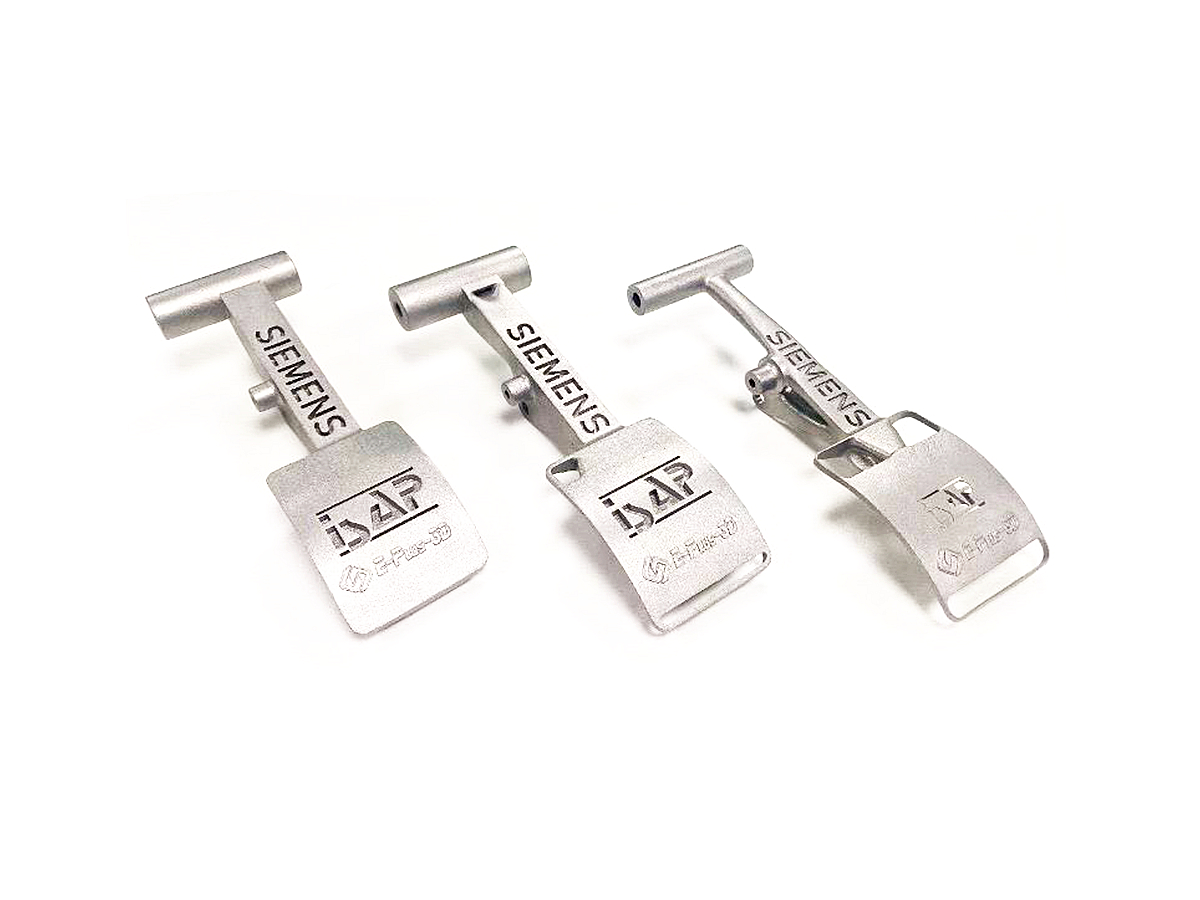Advanced Titanium 3D Printing Service: Durable Wear Resistant Light Weight Automotive Parts
Introduction
Advanced titanium 3D printing services deliver high-performance solutions for the automotive industry, offering durable, wear-resistant, and lightweight components. Using cutting-edge technologies like Selective Laser Melting (SLM) and Direct Metal Laser Sintering (DMLS), titanium alloys such as Ti-6Al-4V (Grade 5) and Ti-6Al-2Sn-4Zr-6Mo offer exceptional mechanical properties with weight reductions of up to 40%.
Compared to traditional machining, titanium 3D printing reduces material waste, shortens lead times by up to 50%, and produces intricate designs optimized for performance and endurance in demanding automotive environments.
Applicable Material Matrix
Material | Density (g/cm³) | Tensile Strength (MPa) | Yield Strength (MPa) | Elongation (%) | Wear Resistance |
|---|---|---|---|---|---|
4.43 | 950 | 880 | 14% | Excellent | |
4.43 | 900 | 830 | 10% | Very Good | |
4.65 | 1100 | 1030 | 12% | Excellent | |
4.46 | 860 | 795 | 18% | Good | |
4.65 | 980 | 930 | 12% | Very Good | |
4.51 | 344 | 275 | 20% | Moderate |
Material Selection Guide
Ti-6Al-4V (Grade 5): Best for structural automotive parts like suspension systems and drivetrain components, offering excellent strength-to-weight ratio and wear resistance.
Ti-6Al-4V ELI (Grade 23): Suitable for parts requiring enhanced fatigue strength and corrosion resistance, such as performance exhaust systems.
Ti-6Al-2Sn-4Zr-6Mo: Ideal for highly loaded components in motorsport and aerospace-derived automotive applications needing superior tensile strength and creep resistance.
Ti-5Al-2.5Sn (Grade 6): Optimal for lightweight chassis parts demanding a balance of ductility and strength.
Ti-6Al-2Sn-4Zr-2Mo: Recommended for turbocharger housings and other parts exposed to high temperatures and stresses.
CP-Ti Grade 2: Used for non-critical, lightweight components where maximum corrosion resistance is prioritized over strength.
Process Performance Matrix
Attribute | Titanium 3D Printing Performance |
|---|---|
Dimensional Accuracy | ±0.05 mm |
Density | >99.8% |
Layer Thickness | 20–60 μm |
Surface Roughness | Ra 5–15 μm |
Minimum Feature Size | 0.3–0.5 mm |
Process Selection Guide
High-Performance Parts: Produces lightweight components with high tensile strength (up to 1100 MPa), ideal for motorsports and high-end automotive sectors.
Rapid Prototyping and Production: Reduces lead time by up to 50%, enabling faster iteration and time-to-market for innovative designs.
Wear and Corrosion Resistance: Titanium’s natural properties are durable against environmental exposure and mechanical wear.
Complex Geometry Optimization: Enables fabrication of optimized, weight-reduced structures such as hollow frames, lattices, and cooling-integrated components.
Case In-Depth Analysis: Titanium Ti-6Al-4V Performance Suspension Components
A high-performance vehicle manufacturer required ultra-lightweight yet durable suspension components to enhance vehicle dynamics and fuel efficiency. Using our advanced titanium 3D printing service with Ti-6Al-4V (Grade 5), we produced suspension arms achieving tensile strength of 950 MPa and weight reductions of 35% compared to traditional forged aluminum components. The topology-optimized designs allowed for increased strength-to-weight ratios, resulting in a 15% improvement in handling performance. Post-processing included CNC machining and anodizing to enhance surface hardness and corrosion resistance.
Industry Applications
Automotive and Motorsports
Lightweight suspension components (arms, knuckles, hubs).
High-strength connecting rods and pistons for performance engines.
Custom intake manifolds, exhaust systems, and turbocharger housings.
Structural parts for electric and racing vehicles.
Aerospace and Aviation
Motorsport-grade aerospace-derived lightweight components.
High-stress brackets, frames, and supports for performance aviation parts.
Energy and Power
Lightweight, high-strength turbine and pump components.
Corrosion-resistant parts for renewable energy systems exposed to harsh environments.
Mainstream 3D Printing Technology Types for Automotive Titanium Parts
Selective Laser Melting (SLM): Ideal for high-precision, lightweight performance parts requiring complex geometries.
Direct Metal Laser Sintering (DMLS): Suitable for intricate, detailed titanium parts with tight tolerances.
Electron Beam Melting (EBM): Excellent for large-volume titanium parts requiring superior mechanical properties.
Laser Metal Deposition (LMD): Useful for repair, cladding, and enhancement of worn or damaged high-value parts.
Binder Jetting: Suitable for rapid prototyping of metal parts before full-scale production.
FAQs
What titanium alloys are best suited for automotive 3D printing applications?
How does titanium 3D printing improve performance and reduce weight in automotive components?
What are the surface finishing options available for titanium 3D printed car parts?
How does 3D printing optimize complex automotive part designs compared to traditional manufacturing?
What is the typical lead time for custom titanium 3D printed automotive components?

